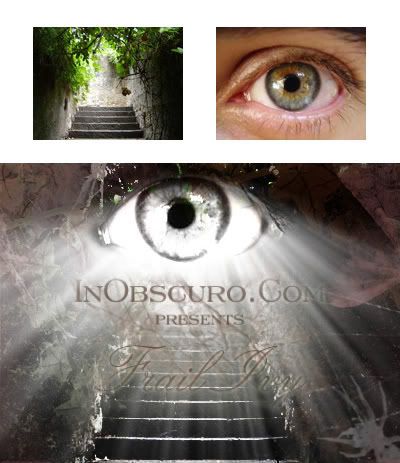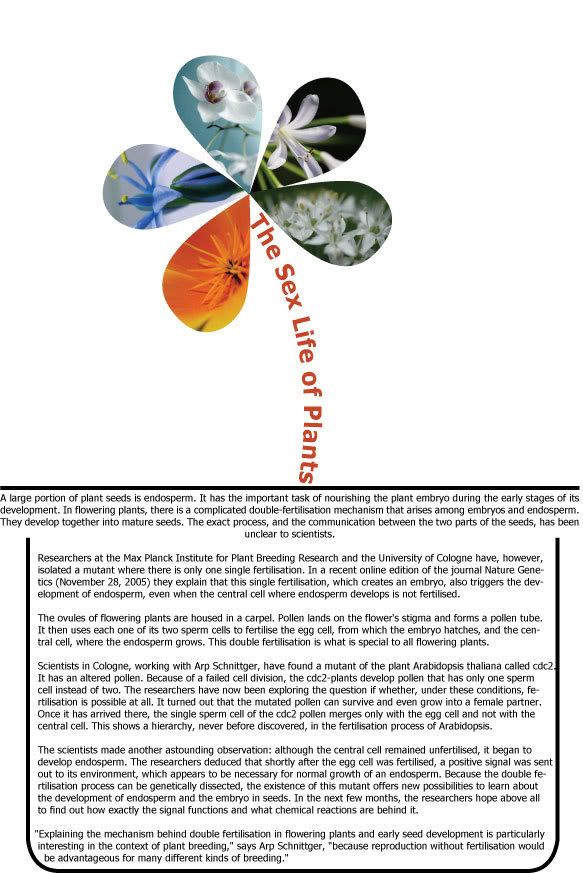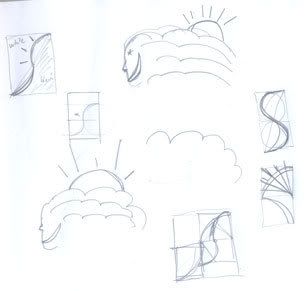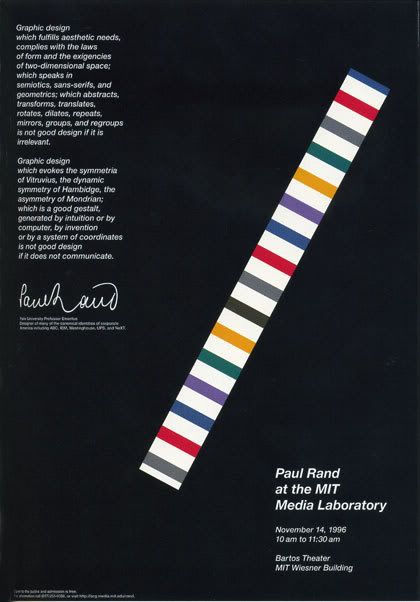To who studied and are studying Introduction to Programming at RMIT, it is related somehow.
Now, you may wonder:
What is "The Last Lecture"? The Last Lecture is the name of a book about "importance of overcoming obstacles, of enabling the dreams of others, of seizing every moment (because 'time is all you have... and you may find one day that you have less than you think')" - from the book - written by Randy Pausch and Jeffrey Zaslow. It titled The Last Lecture because it was inspired from the lecture of Randy Pausch named "Really Achieving Your Childhood Dreams", at Carnegie Mellon University (CMU), on 18 September 2007. Randy Pausch delivered the lecture after being told about his terminal pancreas cancer which took him away from his family on 25 July 2008 and he didn't knows it is his last lecture at that moment.
Who is Dr. Randy Pausch? Randy Pausch (October 23, 1960 – July 25, 2008) is a Professor of Computer Science, Human Computer Interaction and Design at Carnegie Mellon University. He received many award of teaching and researching. He worked for Adobe, Google, Electronic Arts and Walt Disney Imagineering. He was a pioner of a project to help young people to learn programming via storytelling and interactive game-playing.
Why does this information somehow relate to IP's students? As I mentioned above, Randy Pausch's project help young people to learn programming via storytelling and interactive game-playing. If I had known about him and had watched The Last Lecture before the last semester, my IP result would have been much better. Because I feel being encouraged after watching it. Yes, Randy Pausch is the father of ALICE PROGRAM.
Hope that you will spend time watching this because it's pretty long. However, believe me, it's worth.






















